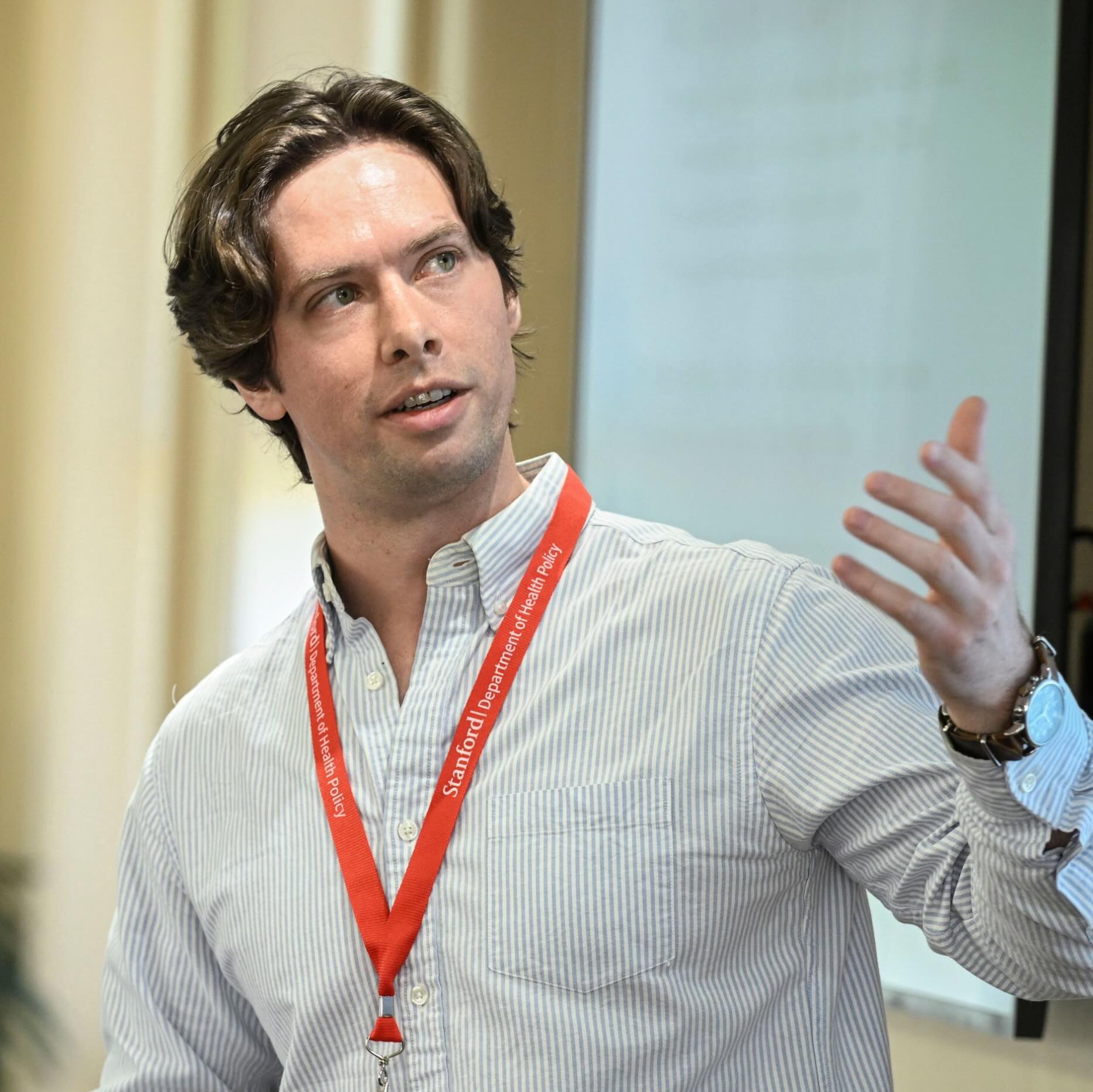Job market paper: Cheaper and better? Explaining the newborn mortality advantage at public versus private hospitals in India.
In part of India, richer mothers pay more for riskier care in private facilities. This paper develops an econometric model of selection and uses a spatial RDD at district borders to show public facilities save lives with skin-to-skin care.
